-
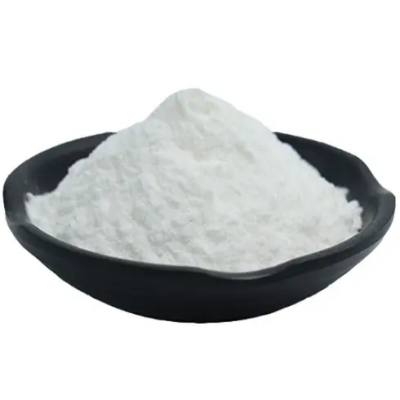
2,6-Dichlorobenzoylchloride CAS:4659-45-4
2,6-Dichlorobenzoylchloride is a chemical compound with the molecular formula C7H3Cl3O. It is a white to light yellow solid that is soluble in organic solvents. 2,6-Dichlorobenzoylchloride is primarily used as an intermediate in the synthesis of pharmaceuticals, agrochemicals, and dyes.
-

2,5-Dichlorobenzoyl CAS:35730-09-7
2, 5-dichlorobenzoyl, also known as 2, 5-dichlorobenzoyl chloride, is an organic compound with the formula C7H3Cl2O. It is a colorless to light yellow liquid commonly used as a reagent in organic synthesis.
-

2,3-Dichlorobenzoylchloride CAS:2905-60-4
2,3-Dichlorobenzoylchloride, also known as 2, 3-dichlorobenzoylchloride, is an organic compound. It has the chemical formula C7H3Cl3O and is a colorless to yellowish liquid with a pungent odor. It is mainly used in the field of organic synthesis as an important intermediate.
-
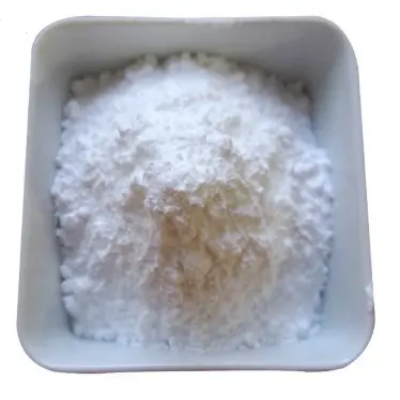
2,3-dichloro-5-(trifluoromethyl)pyridine CAS:69045-84-7
2,3-Dichloro-5-(trifluoromethyl)pyridine is an organic compound with the chemical formula C7H2Cl2F3N. It is a substituted pyridine derivative featuring chlorine atoms at the 2 and 3 positions and a trifluoromethyl group at the 5 position. This compound is widely utilized as a versatile building block in organic synthesis and chemical research due to its unique structural features and reactivity.
-

3,4-Dichlorobenzoylchloride CAS:3024-72-4
3,4-Dichlorobenzoylchloride is a chemical compound with the molecular formula C7H3Cl3O. It is a white to light yellow solid that is soluble in organic solvents. 3,4-Dichlorobenzoylchloride is primarily used in the synthesis of pharmaceuticals, agrochemicals, and dyes.
-

2-Thenoyltrifluoroacetone CAS:326-91-0
2-Thenoyltrifluoroacetone, also known as TTA, is a chemical compound with the molecular formula C10H7F3O2S. It is a yellow crystalline powder that is commonly used as a chelating agent in various chemical reactions and industrial processes. TTA is known for its ability to form stable complexes with metal ions, making it useful in analytical chemistry and metal extraction processes. Additionally, it is used as a fluorescent probe in biochemical research and as a sensitizing agent in luminescent materials.
-
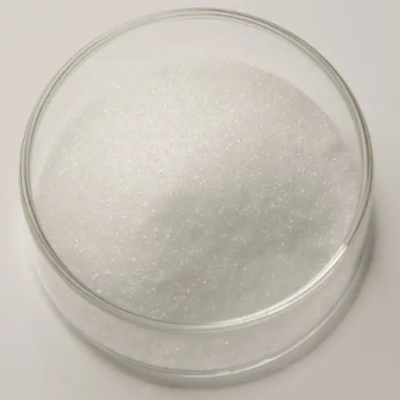
2-Fluorobenzoylchloride CAS:393-52-2
2-Fluorobenzoylchloride is an organic compound with the chemical formula C7H4ClFO, also known as 2-fluorobenzoyl chloride. It appears as a colorless to pale yellow liquid and finds extensive use in organic synthesis. As a significant organic synthetic intermediate, it is commonly employed in the synthesis of compounds with specific structures and functions, such as pharmaceuticals, pesticides, and dyes.
-
![tert-butyl 5,6,7,8-tetrahydroimidazo[1,2-a]pyridin-7-ylcarbamate CAS:2803455-97-0](https://cdn.globalso.com/xindaobiotech/3J2X34TVMPYG9BHK7IO636.png)
tert-butyl 5,6,7,8-tetrahydroimidazo[1,2-a]pyridin-7-ylcarbamate CAS:2803455-97-0
Tert-butyl 5,6,7,8-tetrahydroimidazo[1,2-a]pyridin-7-ylcarbamate is a chemical compound widely employed in scientific research and pharmaceutical applications. With the molecular formula C13H19N3O2, it exists as a crystalline solid and is synthesized as a carbamate derivative. This compound is characterized by its fused heterocyclic ring system, making it valuable for various biochemical and medicinal investigations. Tert-butyl 5,6,7,8-tetrahydroimidazo[1,2-a]pyridin-7-ylcarbamate is meticulously produced using controlled synthesis methods to ensure purity and consistency in its properties.
-
![tert-butyl H-imidazo[1,2-a]pyridin-7-ylcarbamate CAS:2803456-29-1](https://cdn.globalso.com/xindaobiotech/1ZNB2ZF342ZWRNG198.png)
tert-butyl H-imidazo[1,2-a]pyridin-7-ylcarbamate CAS:2803456-29-1
Tert-butyl H-imidazo[1,2-a]pyridin-7-ylcarbamate, also known as Tert-butyl imidazopyridinylcarbamate, is a significant compound utilized in organic synthesis and chemical research. Its molecular structure consists of an imidazo[1,2-a]pyridine core substituted with a tert-butyl carbamate group, offering diverse reactivity for various transformations. This compound serves as a versatile building block for the synthesis of pharmaceuticals, agrochemicals, and functional materials. Its imidazopyridinyl functionality renders it valuable for the development of heterocyclic compounds and the exploration of novel chemical reactions, making it indispensable in synthetic chemistry endeavors.
-
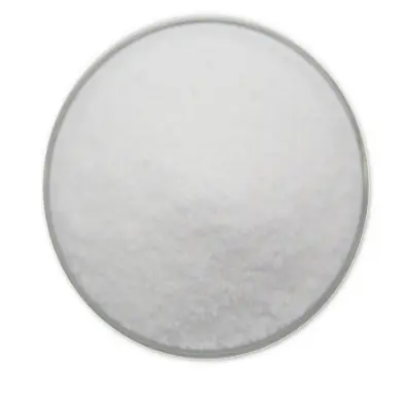
tert-butyl 5-nitro-2-oxoindoline-1-carboxylate CAS:1799838-87-1
Tert-butyl 5-nitro-2-oxoindoline-1-carboxylate, commonly referred to as Tert-butyl nitroindolinecarboxylate, is a valuable compound extensively utilized in organic synthesis and chemical research. Its molecular structure comprises an oxoindoline core substituted with a tert-butyl ester group and a nitro functionality at the 5-position, offering diverse reactivity for various transformations. This compound serves as a versatile building block for the synthesis of pharmaceuticals, agrochemicals, and functional materials. Its nitro functionality renders it valuable for the development of heterocyclic compounds and the exploration of novel chemical reactions, making it indispensable in synthetic chemistry endeavors.
-
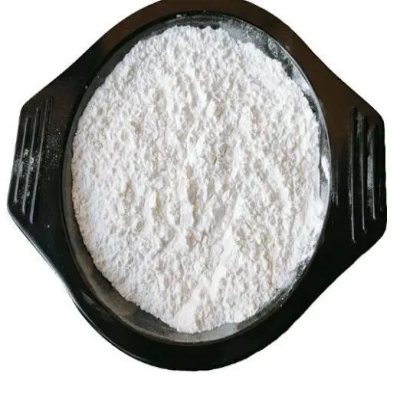
tert-butyl N-(pyrimidin-2-ylmethyl)carbamate CAS:1260843-26-2
Tert-butyl N-(pyrimidin-2-ylmethyl)carbamate, commonly known as Tert-butyl pyrimidylmethylcarbamate, is a valuable compound in organic synthesis and chemical research. Its molecular structure consists of a carbamate group substituted with a tert-butyl group and a pyrimidylmethyl moiety, offering diverse reactivity for various transformations. This compound serves as a versatile building block for the synthesis of pharmaceuticals, agrochemicals, and functional materials. Its pyrimidylmethyl functionality renders it valuable for the development of heterocyclic compounds and the exploration of novel chemical reactions, making it indispensable in synthetic chemistry endeavors.
-

tert-butyl 2-oxoindoline-1-carboxylate CAS:214610-10-3
Tert-butyl 2-oxoindoline-1-carboxylate, also known as Tert-butyl oxoindolinecarboxylate, is a significant compound utilized in organic synthesis and chemical research. Its molecular structure comprises an oxoindoline core substituted with a tert-butyl ester group, offering diverse reactivity for various transformations. This compound serves as a versatile building block for the synthesis of pharmaceuticals, agrochemicals, and functional materials. Its oxoindoline functionality renders it valuable for the development of heterocyclic compounds and the exploration of novel chemical reactions, making it indispensable in synthetic chemistry endeavors.

